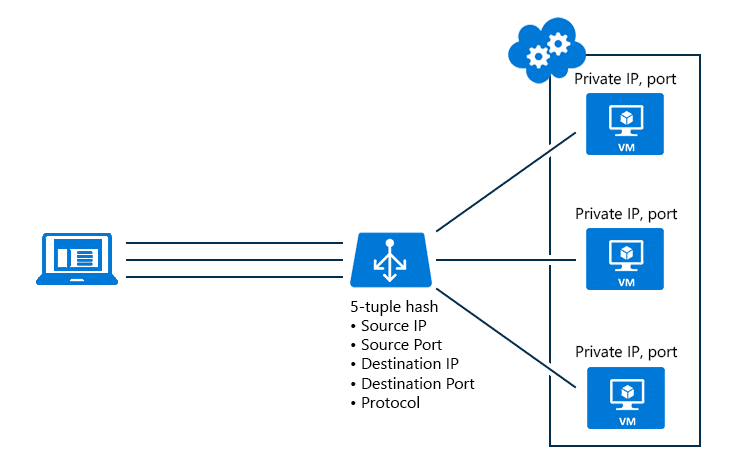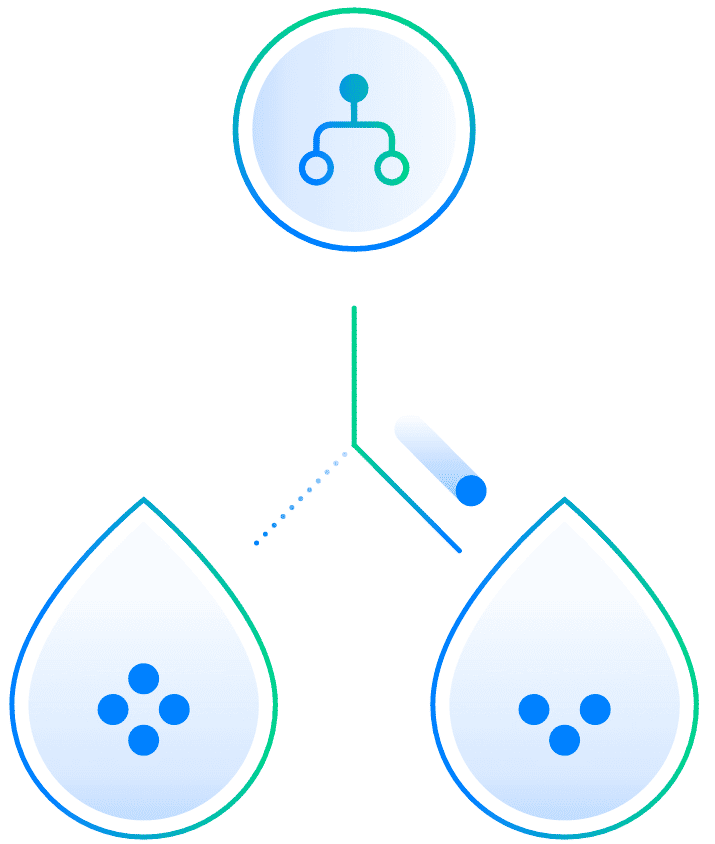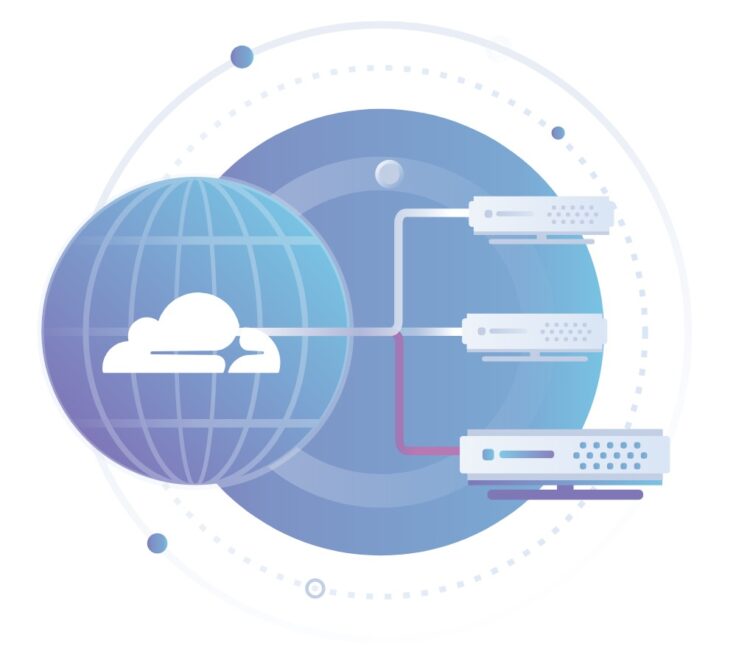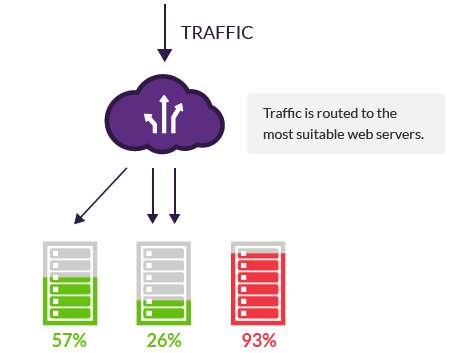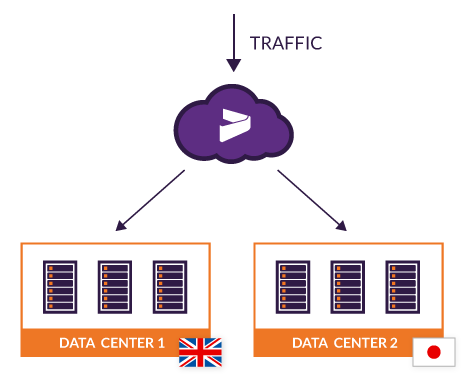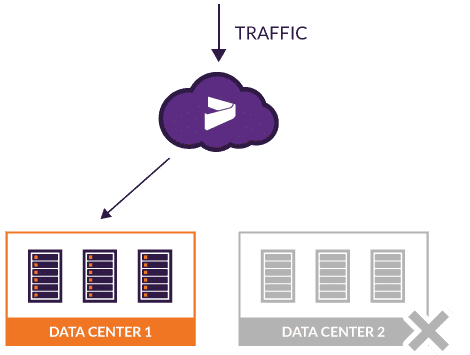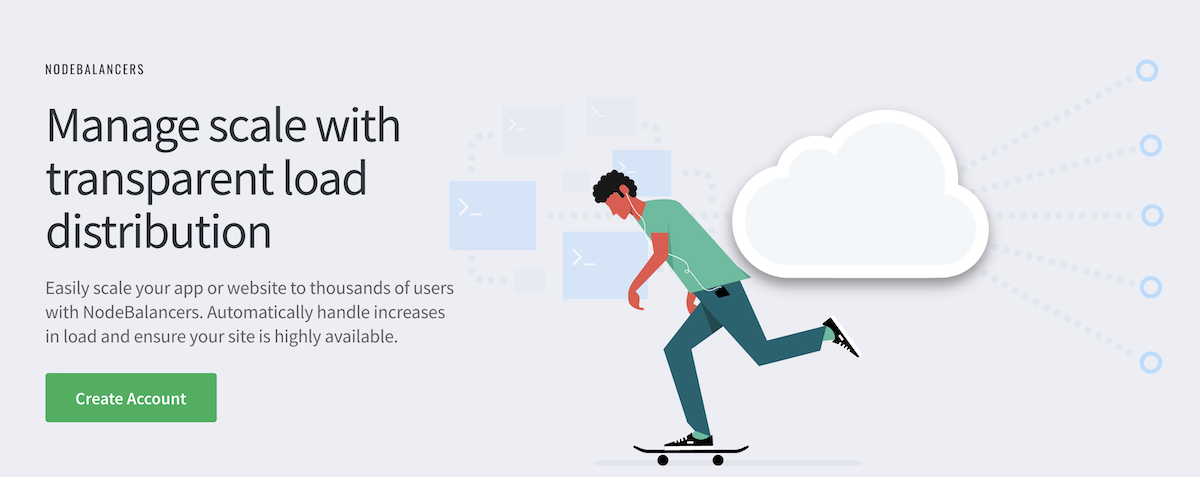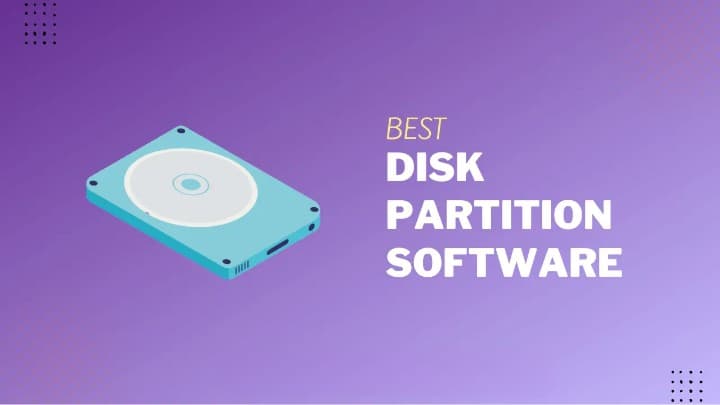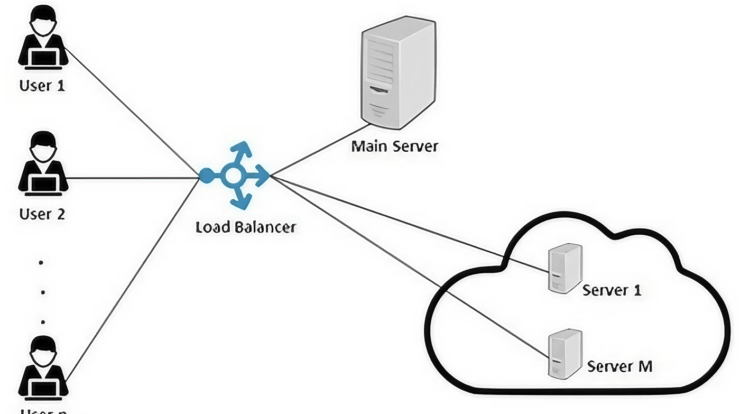
If you are expecting high traffic to your website or web application from around the world or if you are looking for a wide audience, then you should use LB (Load Balancer). Load balancer is a really useful tool.
- High accessibility
- Expanding the program
- Minimal or non-existent downtime
- Instant security enhances the geospatial user experience
- SSL unloading
- Geographic routing
Because traditional LB hardware typically costs $5,000 or less, most mid-sized, startup, and low-budget projects don’t consider purchasing one.
But that is no longer the case, A cloud load balancer with all the fantastic capabilities of a traditional LB can be yours for less than $20 a month.
The following Cloud LB can help you build high-availability applications for better security and performance. Choose the one that best suits your needs, as each offers different features and benefits.
The solution below is hosted, so there is no need to install any software. The product is SaaS-based. Check out this post if you are looking for an open-source solution.
1) Azure Load Balancer
Load balances internal or external apps using Microsoft Azure LB. Your Azure LB can help you build scalable and highly available online apps.
The TCP/UDP protocol is supported, allowing the use of SMTP, HTTP/HTTPS, and real-time audio and video messaging applications. If your application is already hosted on Azure, you can deploy your application from LB to virtual servers.
Among the notable features of Azure LB are:
- Native support for IPv6
- For added security, you can have NAT rules.
- Hash-based traffic allocation
Azure offers three different types of load-balancing options.
- Layer 7 Application Gateway – finish the client connection and send the request to the backend servers/services.
- Layer 4 Azure load balancers – disperse TCP traffic among Azure VMs.
- Traffic manager – DNS level distribution
Path forwarding and SSL offloading are only supported by “Application Gateway.”
2) DO Load Balancer
The load balancer offered by DigitalOcean can be managed through an API or control interface, just like Linode. If you are using DO to host your web application, then this will be the best option for HA at a low cost.
It is compatible with round-robin and minimal connection routing algorithms for HTTP, HTTPS, and TCP protocols. For $10 a month, DO lets you configure sticky sessions, forwarding rules, health checks, SSL termination, and more. Let’s encrypt certificates that are DO compatible with Kubernetes and can be implemented.
3) Cloudflare Load Balancing
Cloudflare LB special
You can load balance between different virtual machines and the resources of each solution listed above.
For example, you can balance traffic across only GCP VMs using GCP LB. Choosing GCP or AWS LB makes sense if their platform hosts your entire application architecture. But Cloudflare can help if your website is hosted on a platform that doesn’t have load balancing or only a few functions.
Any VM on the Internet can receive traffic forwarding from Cloudflare.
It’s a true multi-cloud LB solution with all the unique capabilities you’d expect. Following is a list of some of them.
- Sends traffic to a VM that responds quickly.
- Serve the user from the closest server
- Adaptive routing
- TCP and HTTPS support
- Affinity for sessions
- pool health inspections
- Updates in real time
Cloudflare LB pricing starts at $5.
4) Imperva Load Balancer
There are three basic availability scenarios for which Imperva offers a load balancer as a service.
Local Load Balancer – Using a routing algorithm, requests are routed to multiple servers in the same data center.
Global server load balancer (GSLB) – allows you to route requests across multiple data centers for better performance and high availability, making it ideal for large organizations or hybrid cloud infrastructures.
Traffic can be routed to the closest data center or regional website based on the visitor’s geographic location because GSLB permits Geo-targeting.
Auto site failover – Automate and accelerate disaster recovery based on health checks without the need for human interaction. Immediately, the traffic is diverted to a different data center.
Real-time dashboards, active and passive health checks, and the ability to apply redirect/rewrite rules are all provided by Incapsula.
5) AWS ELB
Without a doubt, one of the greatest load-balancing options in the cloud is Amazon Web Services (AWS) Elastic Load Balancer (ELB).
AWS has three different types of load balancers.
- Application: Favoured for for application layer (HTTP/HTTPS)
- Classic: Favoured for transport layer (TCP).
- Network: A network that is dependent on TCP, UDP, and TLS traffic performance
Application load balancers are the best option if you are developing web-based apps that use HTTP or HTTPS protocols.
Based on a routing algorithm, ELB assigns incoming requests to EC2 instances that are set up in the backend.
Following are some of the features of Amazon Application Load Balancer:
- HTTP/2, IPv6, and WebSockets are supported.
- SSL/TLS can be offloaded.
- Amazon WAF integration is enabled.
- You can allow cookies for sticky sessions.
- Based on context URI/path or host, forward request to the backend
- Add a health check.
By default, Flexible LB offers the following monitoring metrics.
- Standard latency
- Summary of Requests
- count of new and active connections
- processed bits
- A lot more than that..
Pricing is determined by traffic, and you can estimate using their calculator.
6) GCP Load Balancing
To frontend all your backend servers and improve the scalability and high availability of your application environment, GCP offers a global single-anycast IP.
Google offers three different types of load-balancing options.
- HTTP(S) – layer 7, suitable for internet applications
- TCP – layer 4, appropriate for protocol-based balancing with TCP/SSL
- UDP – Helper for balancing based on Layer 4, UDP protocol
You can forget about performance concerns because Google Cloud is based on the same infrastructure as YouTube and Gmail. With no manual intervention required, LB can automatically scale your requests in response to demand, handling over a million requests per second.
With auto-scaling, you can anticipate traffic increases without worrying about the website performing less efficiently.
Several notable features of Google Cloud HTTP(S) LB include:
- Affinity
- One-click integration of Google CDN
- SSL cancellation
- examinations of health
- A content-based balancing system is conceivable.
- Rules for global forwarding
- Geographic routing
- Integration of Google CDN
- IPv6 compatibility
- Web socket
The command line or an intuitive console are two options available for configuring the entire LB.
7) NodeBalancers
Does Linode host your website?
For about $10 a month, Linode’s NodeBalancers offer all the functionality of LB. Below are some basic features that come with the configuration, which is very simple.
- Supported IPv4 and IPv6
- Reduce connection speed for invalid traffic to prevent resource abuse.
- Able to use multiple port balancing
- Turn off the SSL handshake.
- To ensure that the same backend server receives your request each time.
- Health checking guarantees that a healthy server receives the request.
- Round-robin, least-connection, and source IP routing algorithms are available for selection.
You can use NodeBalancers to balance TCP-based traffic, such as SSH, MySQL, HTTP, etc.
8) Rackspace
One of the top suppliers of cloud hosting solutions, Rackspace offers Cloud LB to distribute requests between multiple backend servers to control Internet traffic.
Several routing algorithms, including least-connection, weighted, round-robin, and random, are supported. Almost any type of service protocol can be balanced, including.
- TCP
- IMAP/SMTP
- HTTP and HTTPS
- LDAP/LDPAS
- MySQL
- SFTP/FTP
- UDP
Among the features of Rackspace Cloud LB are:
- SSL acceleration to increase throughput
- You can disable SSL to reduce the CPU overload of your web server.
- Session persistence to route a request to a single server
- 10Gbps throughput on the network
- Use the API to manage LB.
- Prevention of malicious traffic by connection throttling
For better log management, you receive logs for all traffic in an Apache-style access log.
That’s it for the list of Highly Efficient Cloud Load Balancer.
ALSO SEE:
Abstract
High availability requires load balancing, and my goal is to share with you some information about some of the best cloud load balancers.

